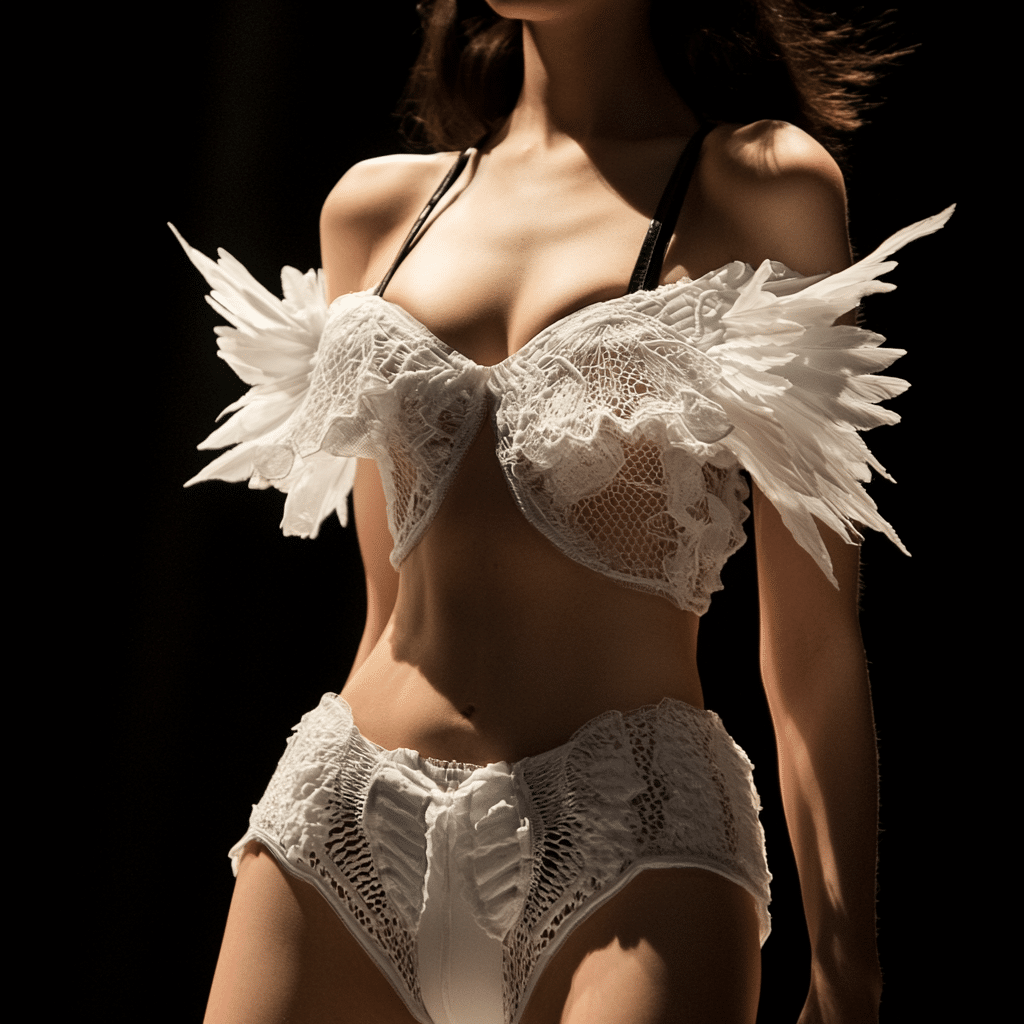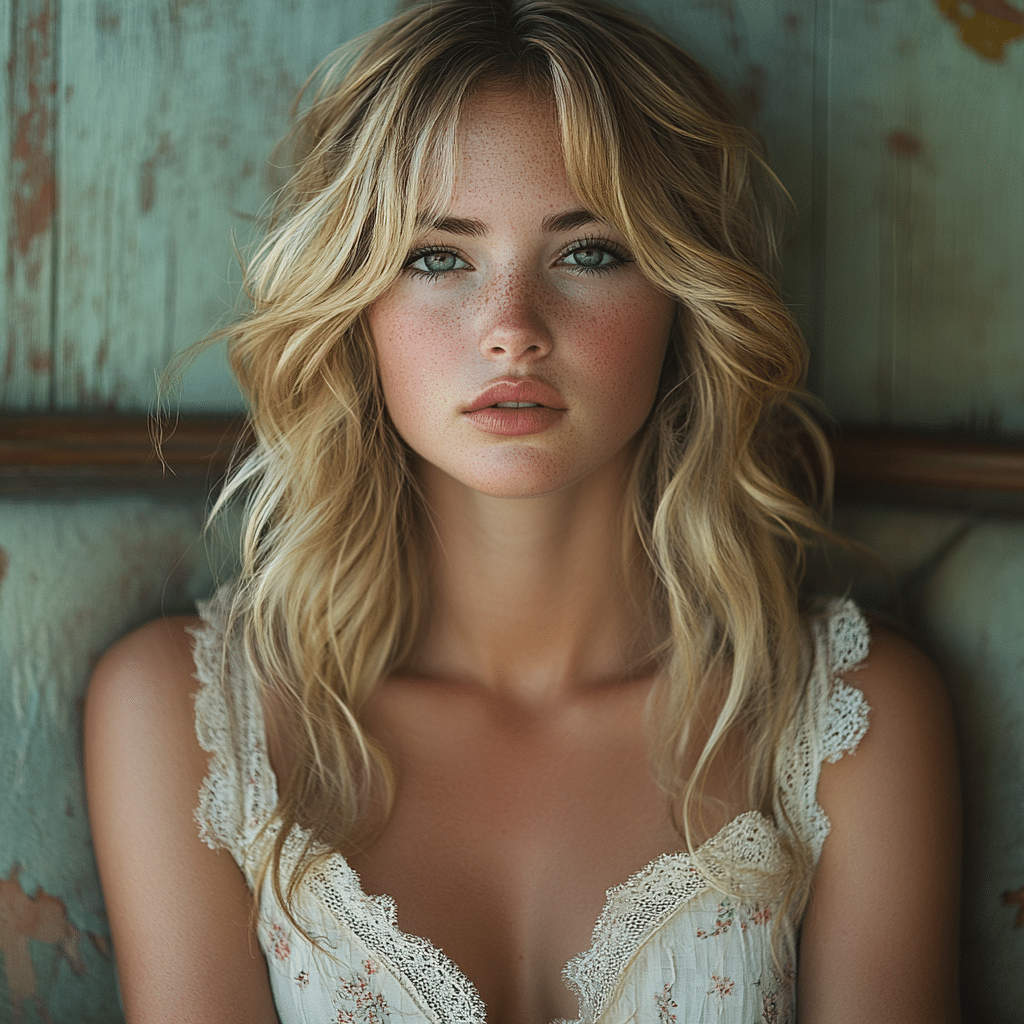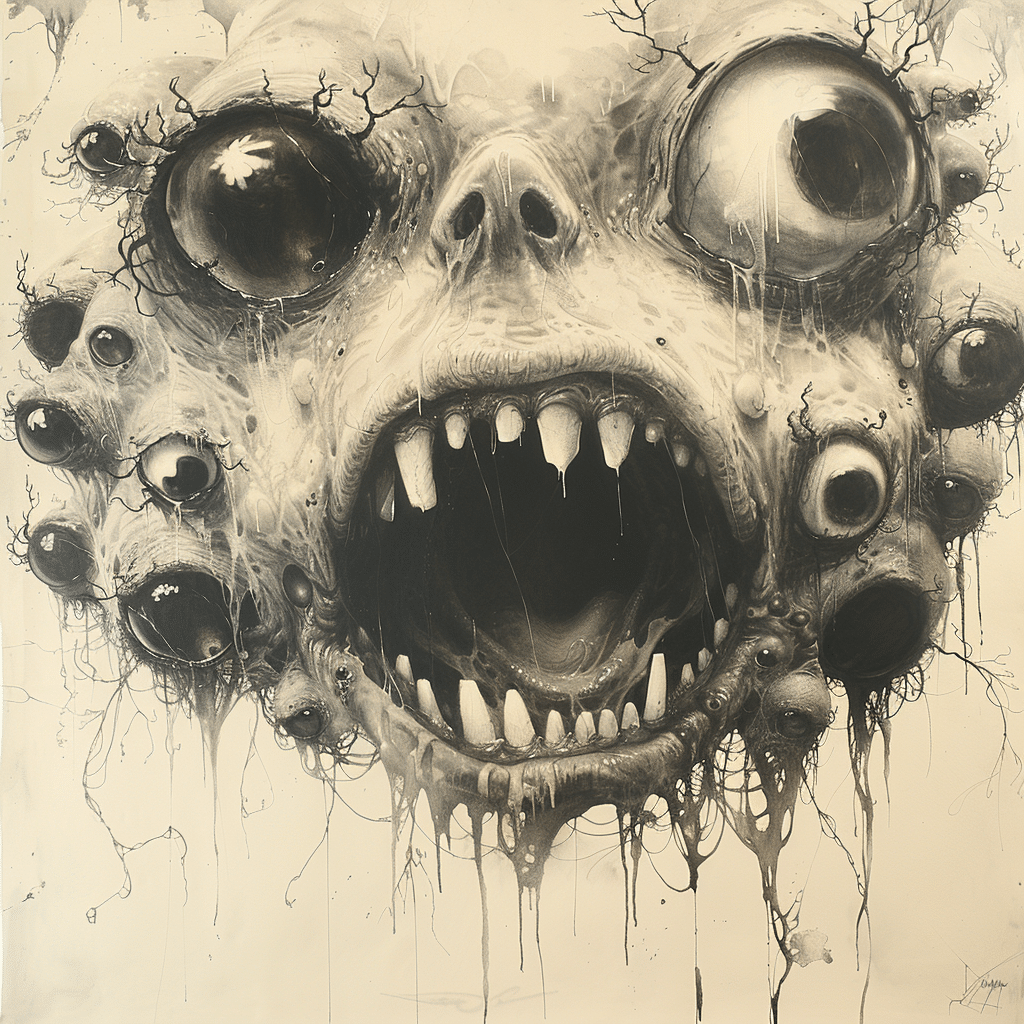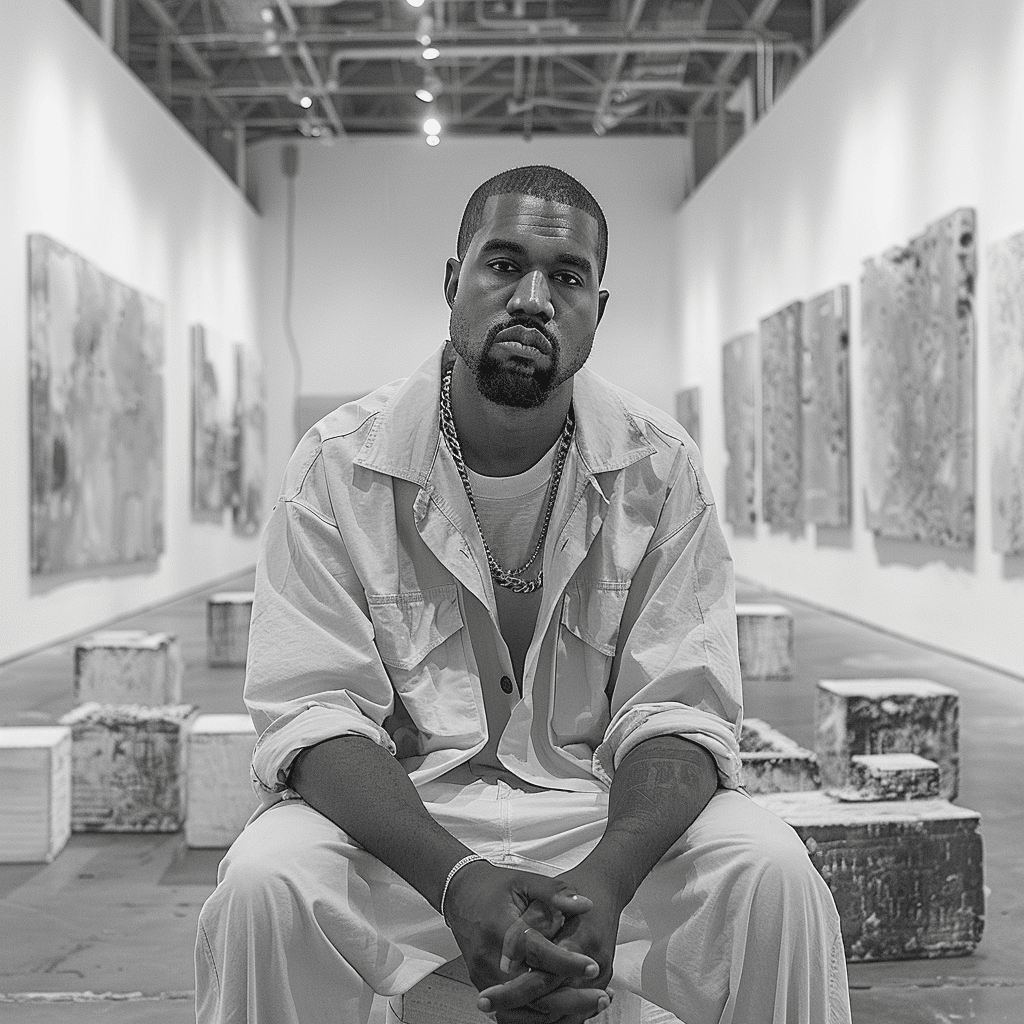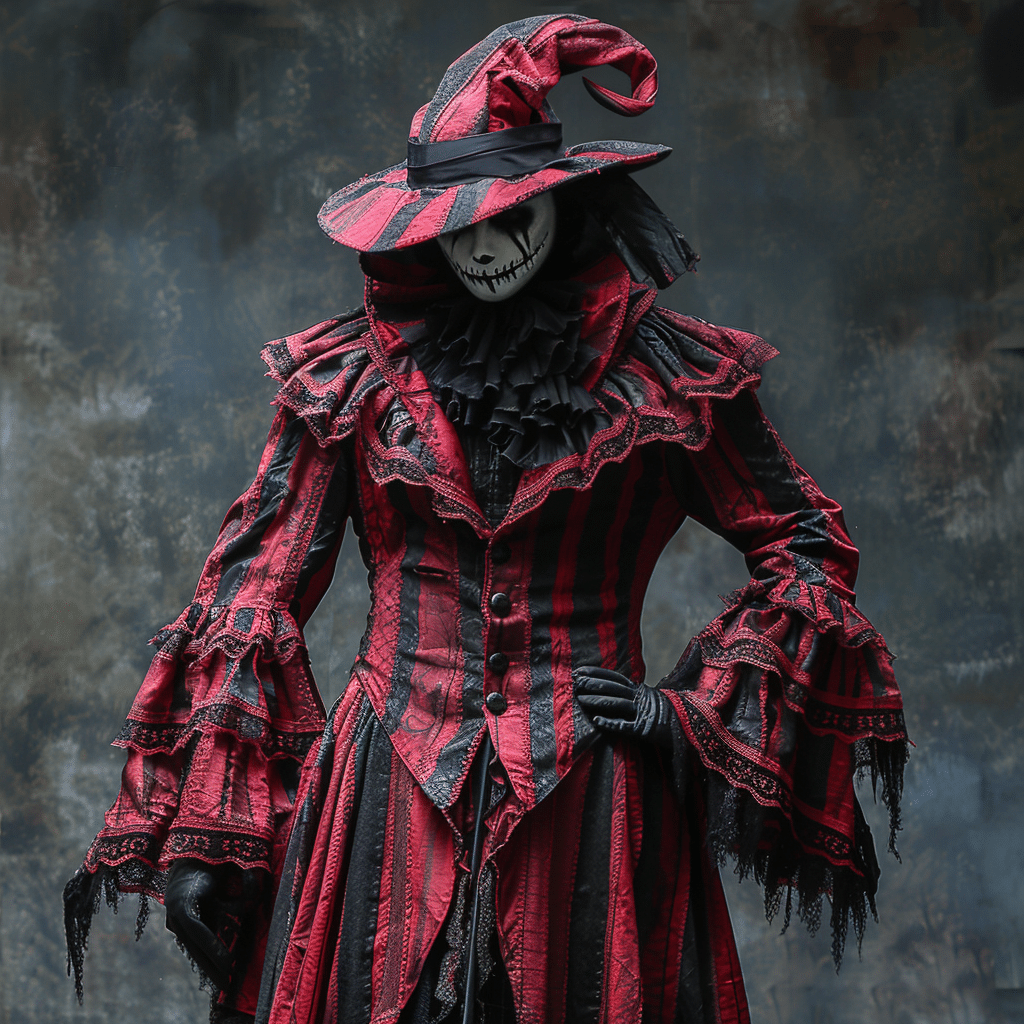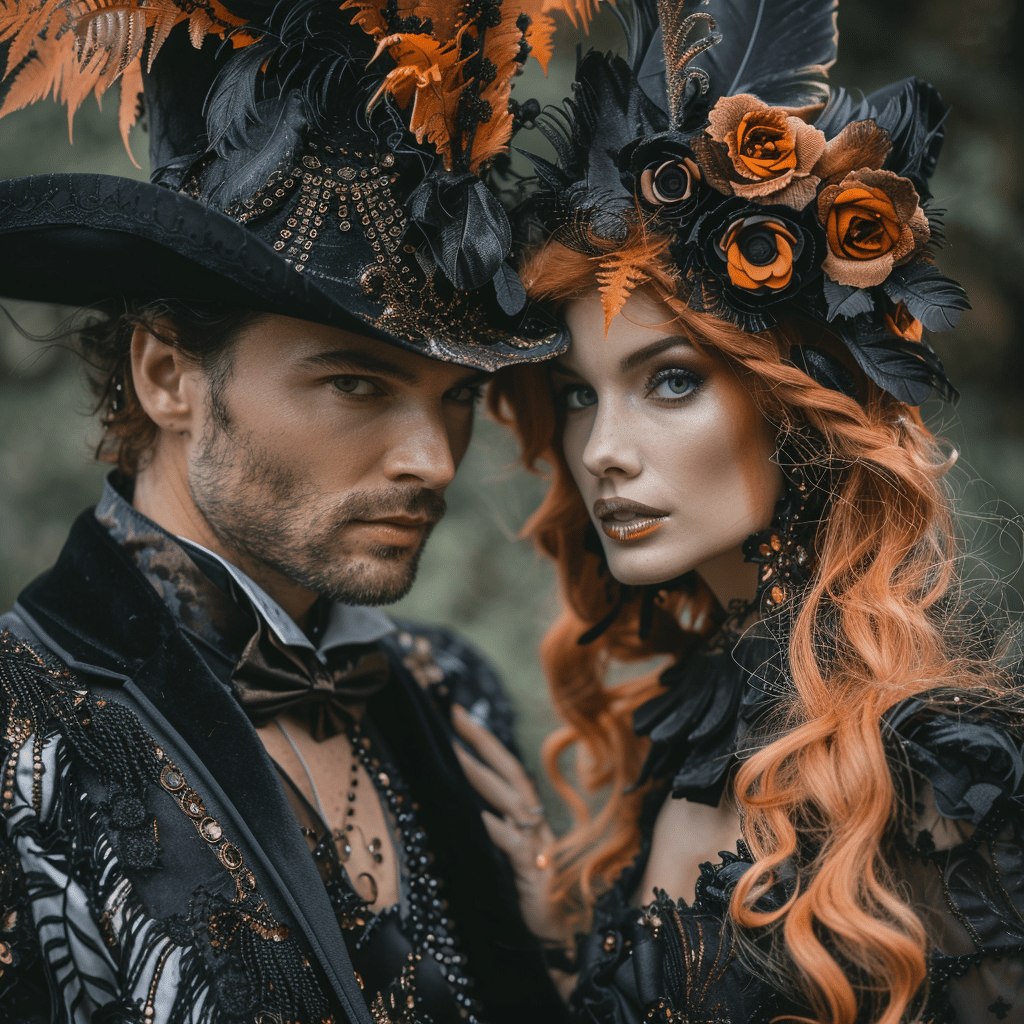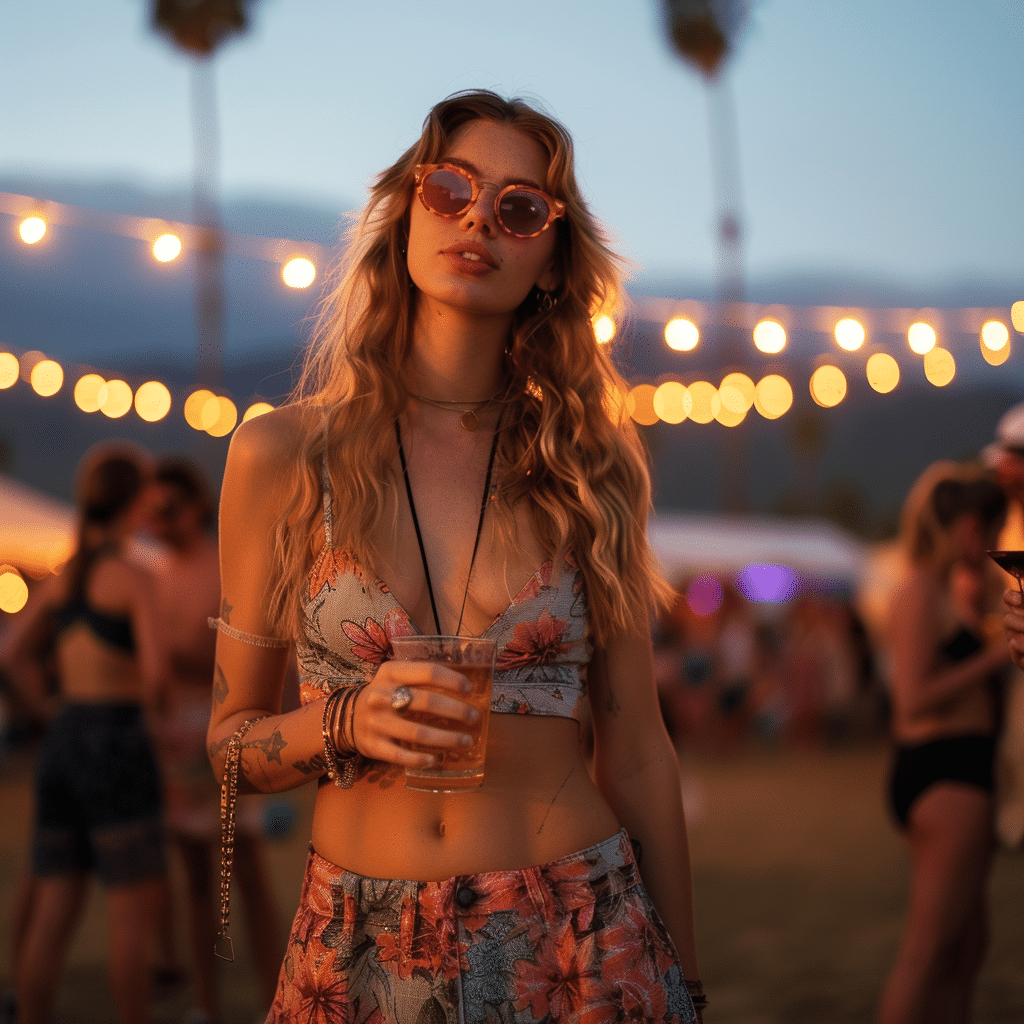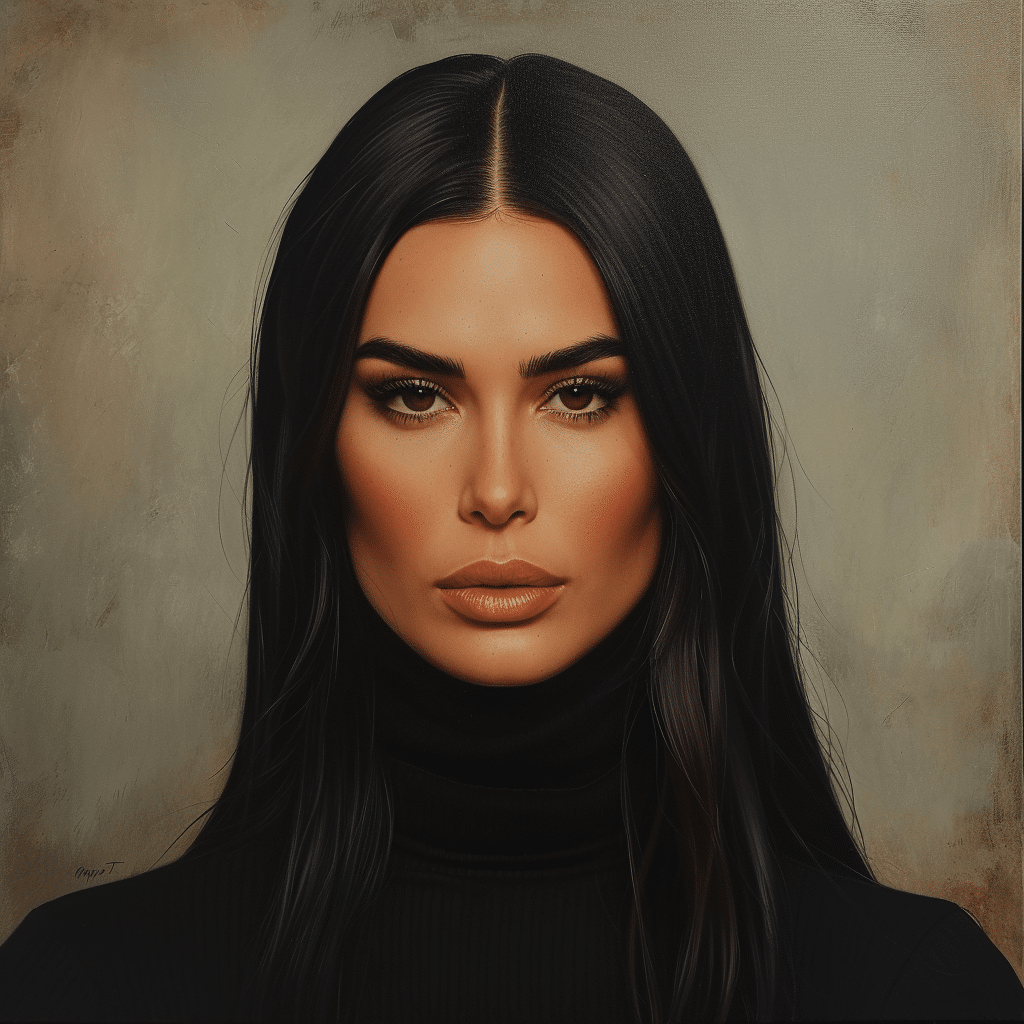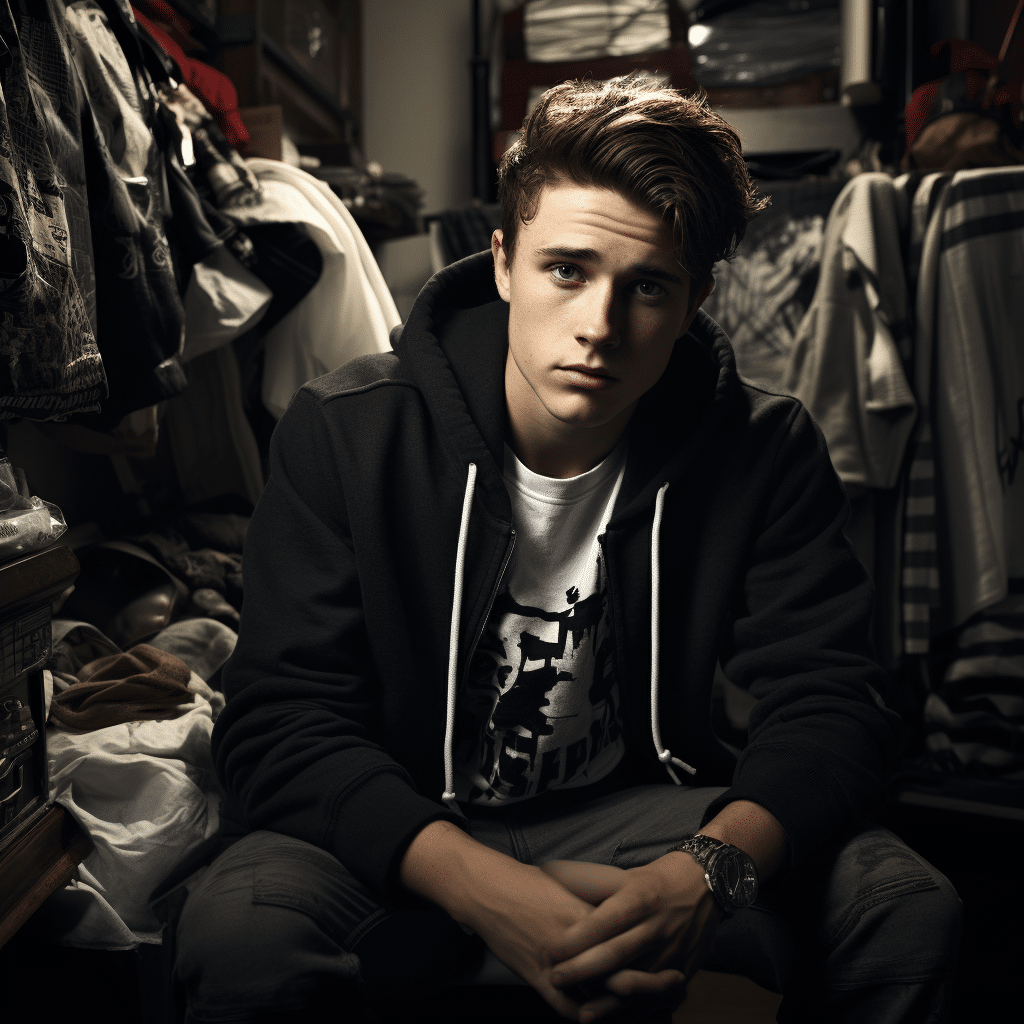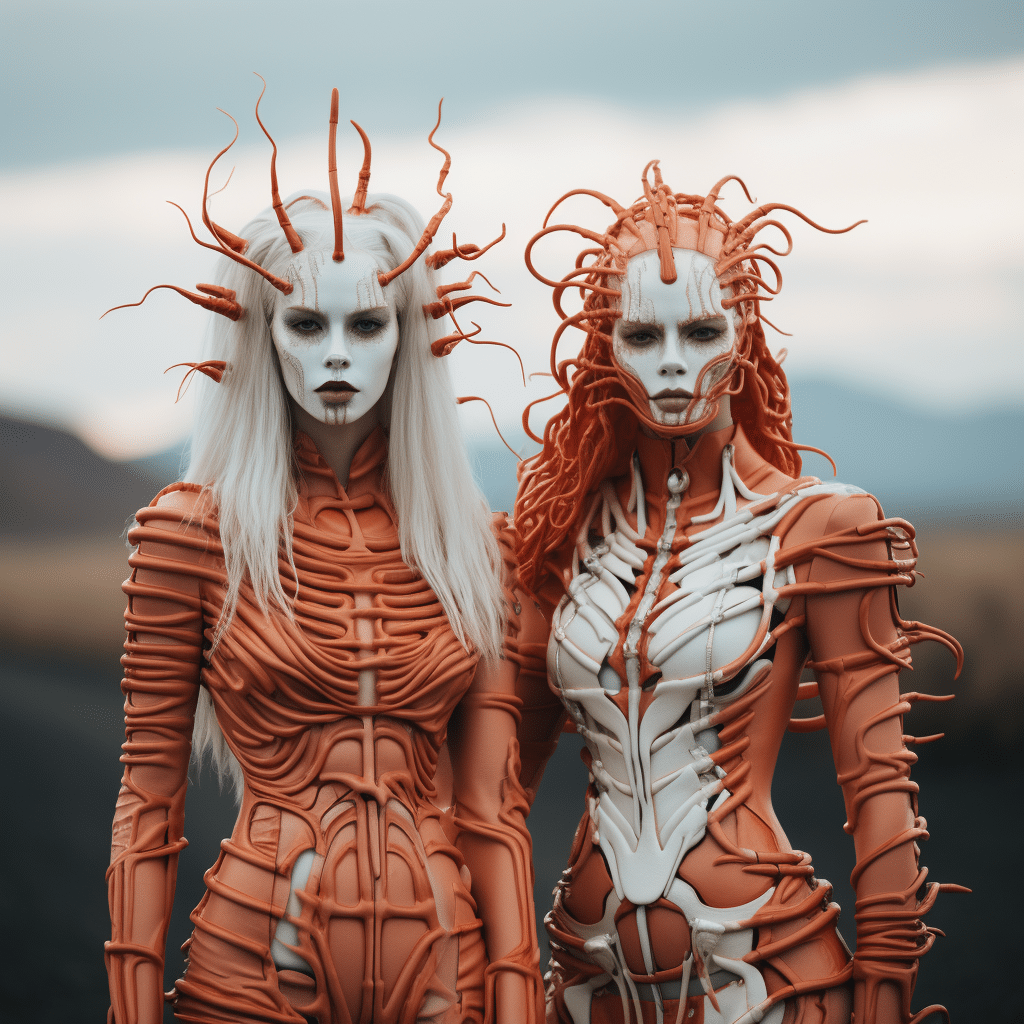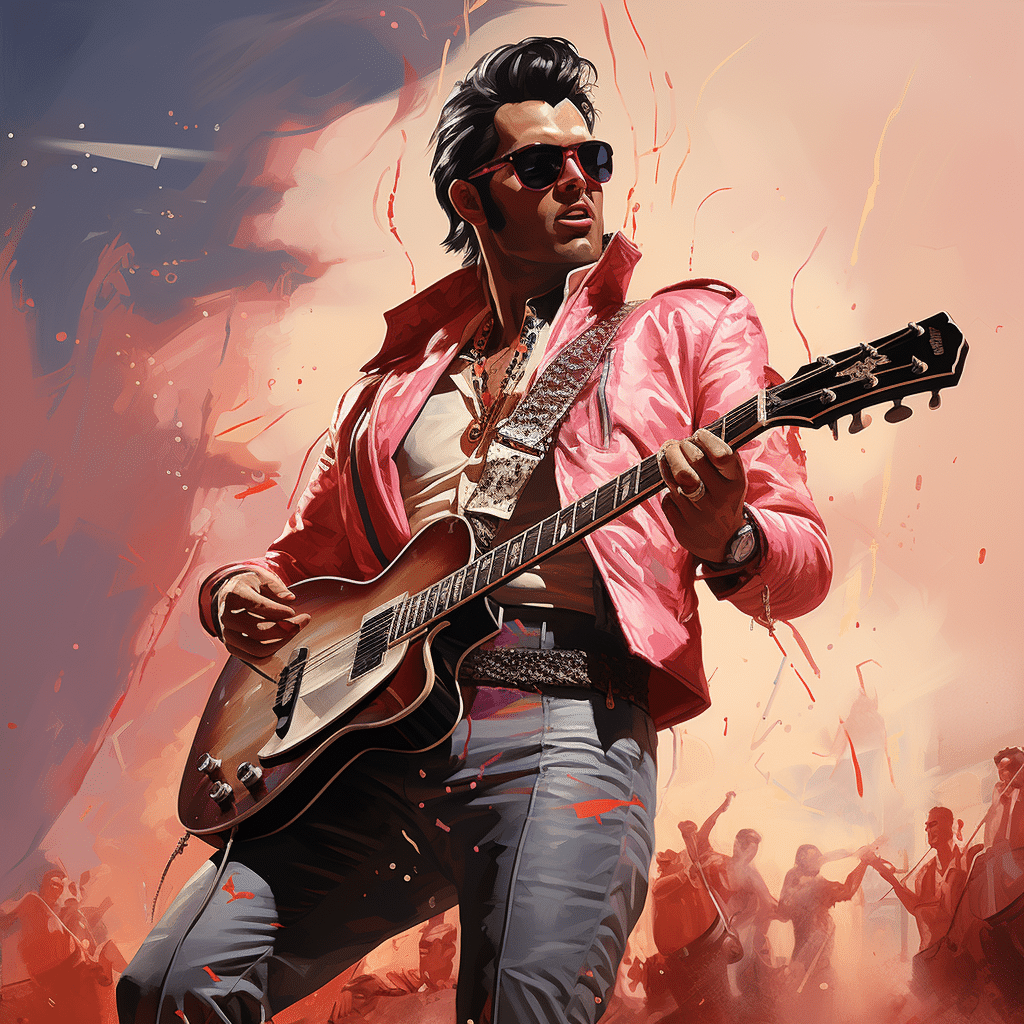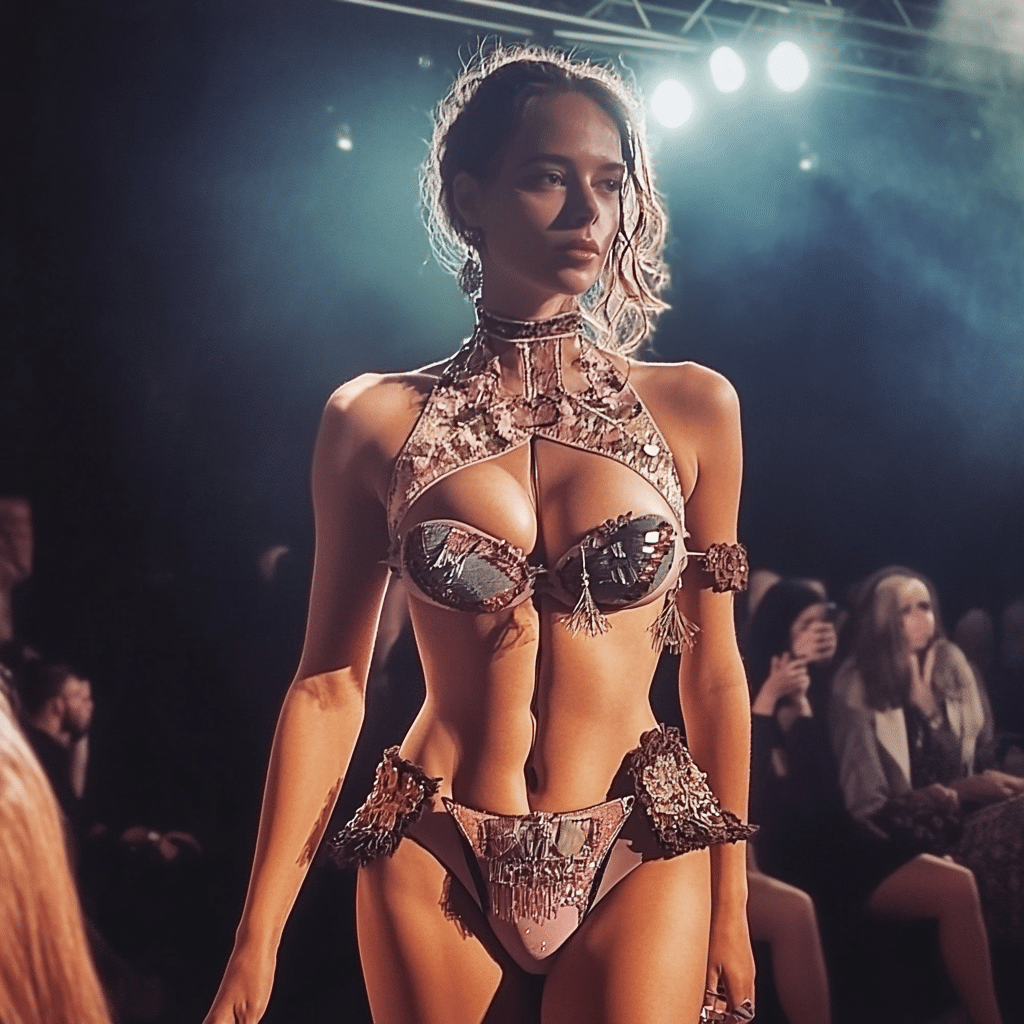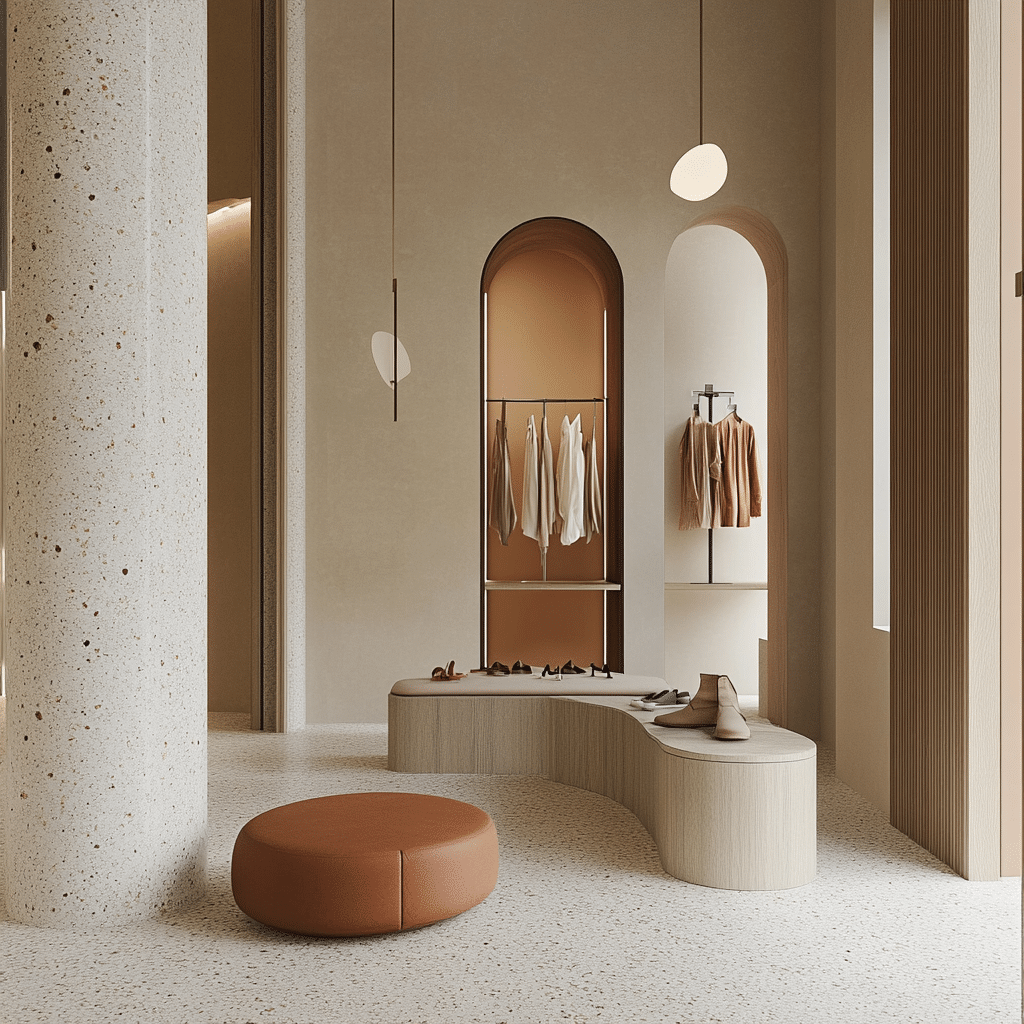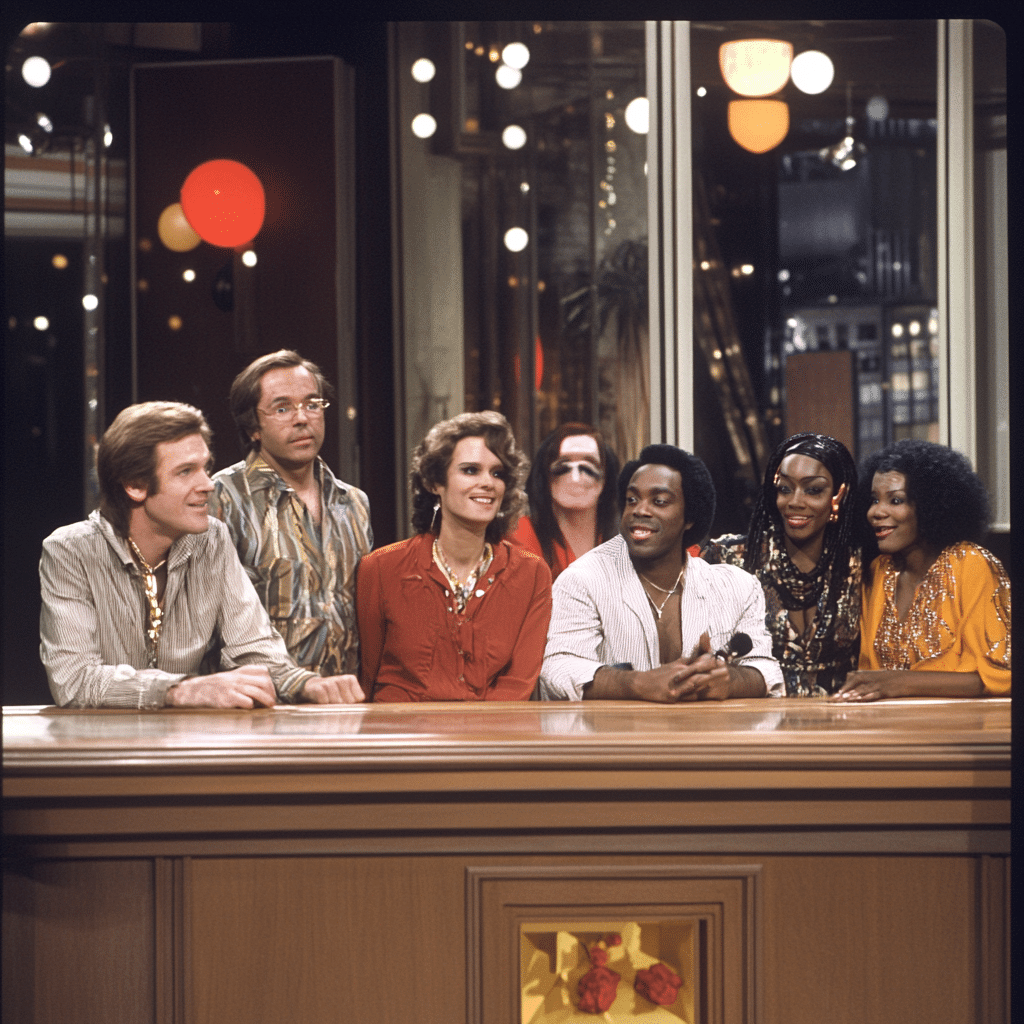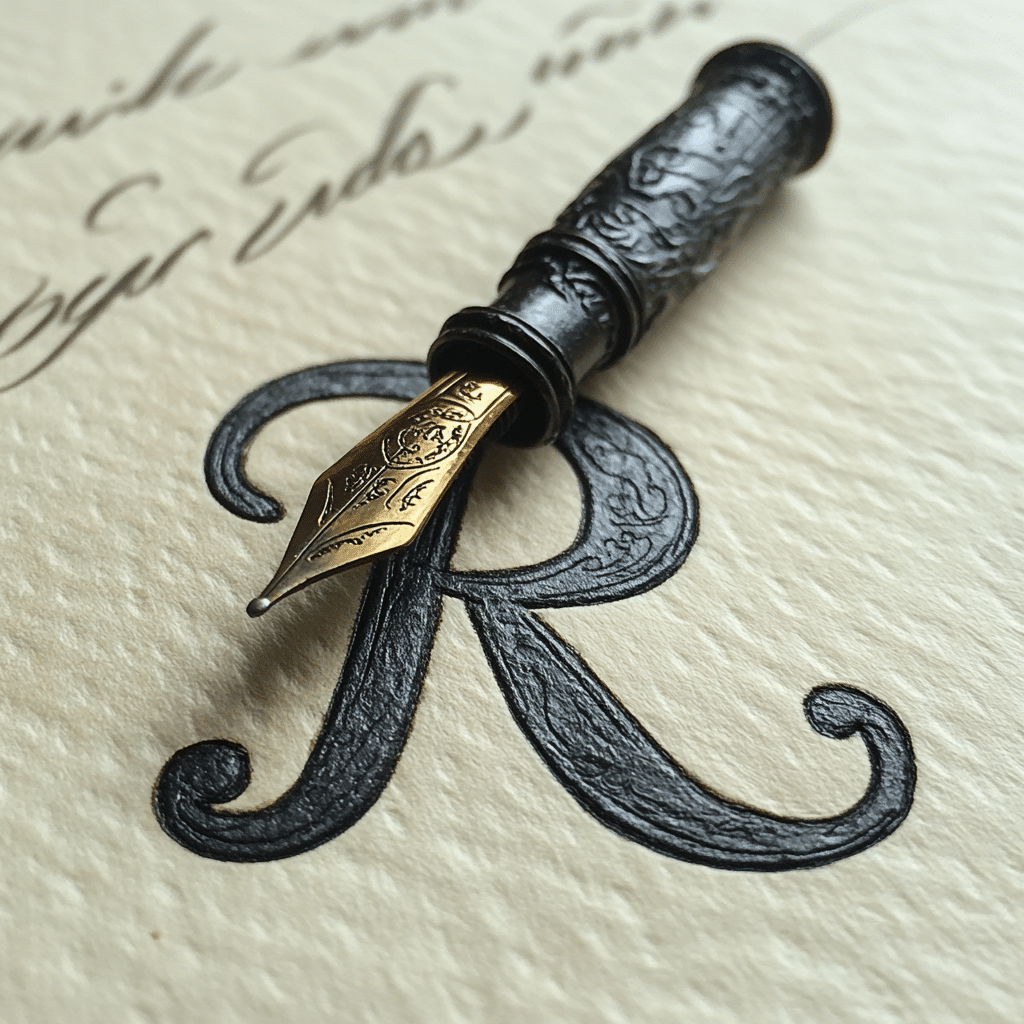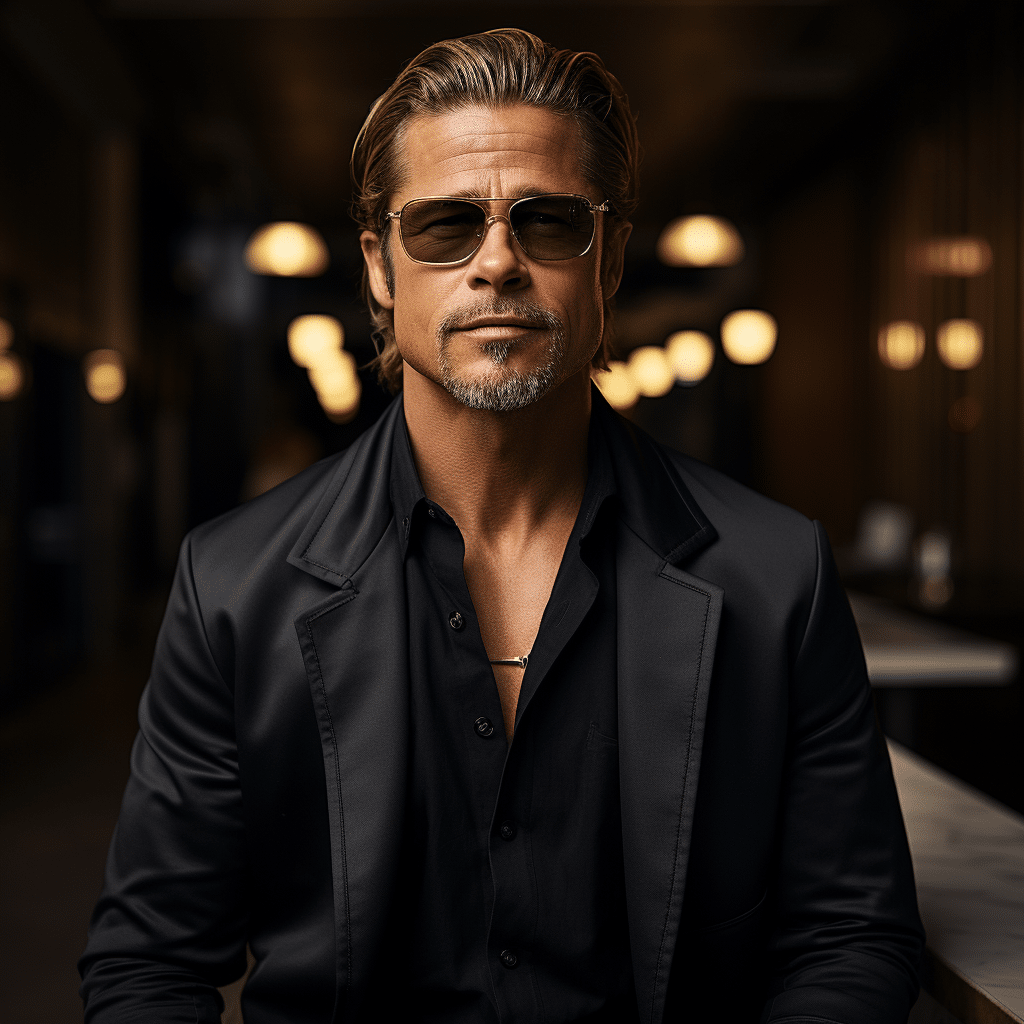Fashion isn’t just about fabric and accessories; it’s a canvas where personal tales unfold, and no one embodies the concept of being “dressed undressed” better than modern icons. This duality of fashion—reinforcing yet challenging societal norms—draws a line between what’s conventionally ‘dressed’ and what’s audaciously ‘undressed’. Take a moment to consider how women like Rihanna and Lady Gaga have revived the narrative of fashion, daring us to redefine our interpretations of femininity.
Rihanna’s groundbreaking Savage X Fenty line and Gaga’s infamous meat dress showcase a fearless blend of elegance and rebellion. These iconic outfits push boundaries, redefine body images, and ignite conversations about self-expression. They challenge us to think deeper about the messages our clothing choices transmit. Wearing a fierce outfit is not just about appearance; it’s about making a statement that says, “This is me, unapologetically”.
Top 5 Inspiring Fashion Icons Who Embrace Curves: Dressed and Undressed
Curvy women have taken center stage in the fashion industry, breaking molds and rewriting the rules. Here’s a look at five iconic figures who have showcased the bold spirit of being both dressed and undressed.
Ashley Graham isn’t just a model; she’s a force of nature advocating for body acceptance. With her collaborations, like those with Addition Elle, Ashley emphasizes that comfort and style can go hand in hand. Her mission? To show that curvy women can be both elegant and confident while being unapologetically themselves.
Oh, Lizzo! This powerhouse singer struts her stuff in outfits that celebrate her curves. Her fashion choices—often flaunting her figure in form-fitting attire—embody joy and self-love. Lizzo confidently wears high-end designers like Versace and Valentino, proving that the world of high fashion is definitely open for curvy women.
A muse for Savage X Fenty, Paloma encapsulates the conversation around self-love. She blends the ‘dressed undressed’ aesthetic beautifully, sporting statement pieces that aren’t just about looking good but sending a cultural message about diversity. Her presence in the industry inspires countless women to embrace their own curves.
When you think of breaking barriers in modeling, Tess Holliday’s name pops up. Not just a mere influencer, she’s an advocate for plus-size acceptance, sporting playful pieces from her line, MTV. Her outfits allow women to express style while feeling comfortable and empowered—they’re dressed and undressed all at once.
Demi is on a journey, using fashion as their medium for self-acceptance. Vibrant colors and form-fitting attire resonate with their discovery of self-love. Collaborations with brands like Fabletics remind us that fitness and style coexist beautifully, regardless of size.
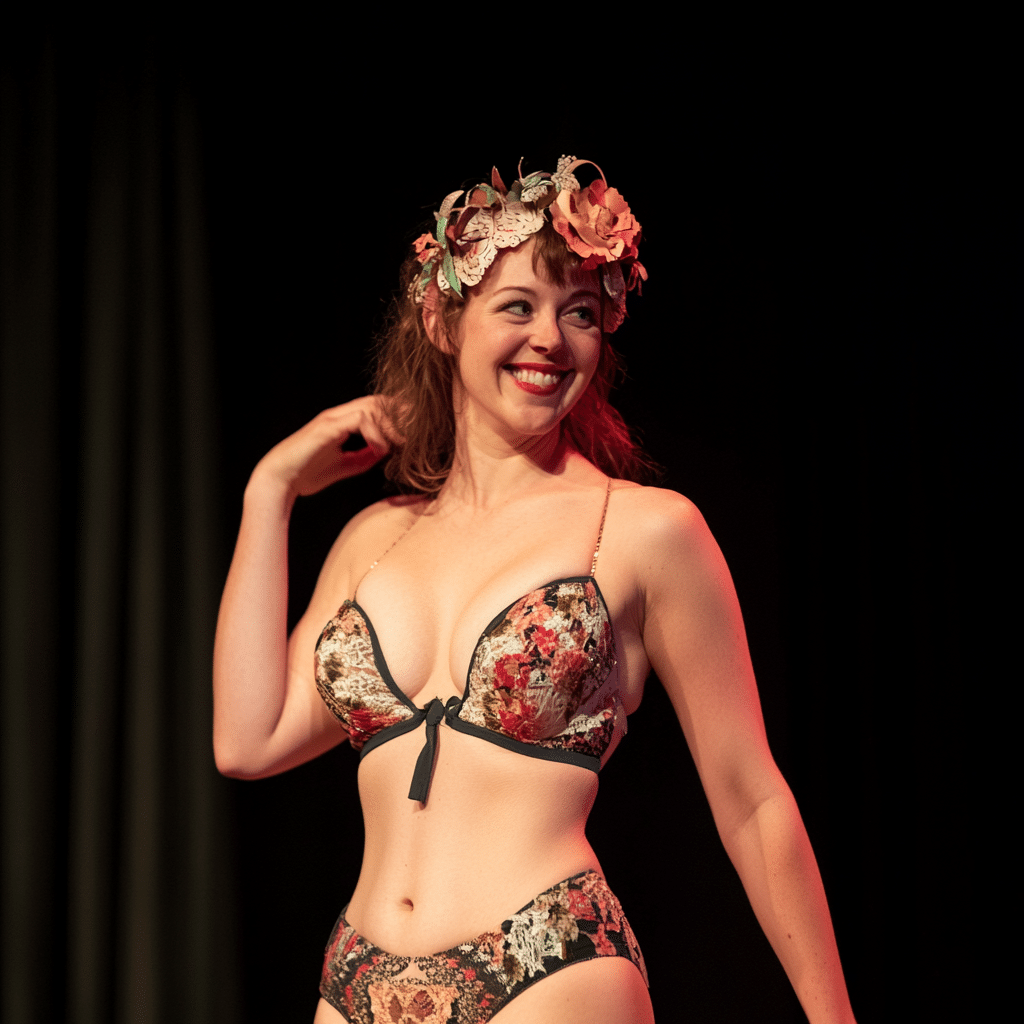
Learning from the Past: Historical Perspectives on Fashion’s Dressed and Undressed Trends
Fashion reflects society and cultural attitudes, with the struggle between being dressed and undressed marking significant eras. Consider the flappers of the 1920s, who tossed aside the constraints of the past and celebrated freedom and femininity through loose, carefree attire. Each flapper dress was a symbol—a declaration that women could embrace their sexuality without apology.
Then came the 1980s’ power suits, which weren’t just about looking good; they signified women’s growing presence in corporate America. The suit—often tailored to a figure—represented rebellion against traditional gender roles. It was the perfect blend of power and femininity.
Curvy women stepping into these historical styles brings a fascinating dialogue to fashion. Today, using clothing as a form of empowerment is a future-forward approach dissecting societal constructs. Women embracing every wrinkle and curve are rewriting what it means to be dressed and undressed.
Fashion as a Narrative: The Power of Dressed and Undressed in Pop Culture
Pop culture significantly influences our perception of fashion by showcasing moments that exemplify the tension between being dressed and undressed. Take Beyoncé in her visual album “Lemonade.” Each outfit tells a story, transitioning between strength and vulnerability, covered and exposed. Her fashion serves as a powerful reminder of the narrative woven into our clothes.
Another iconic moment was Jennifer Lopez’s green Versace dress at the 2000 Grammys. This legendary gown broke the internet and even led to the creation of Google Images! It ignited conversations about confidence in one’s body and what it means to embrace your true self, regardless of societal standards.
These examples highlight not only individual style but also a collective desire to express one’s self. When we choose to dress up—or choose not to—there are reactions and stories interlaced into those choices.
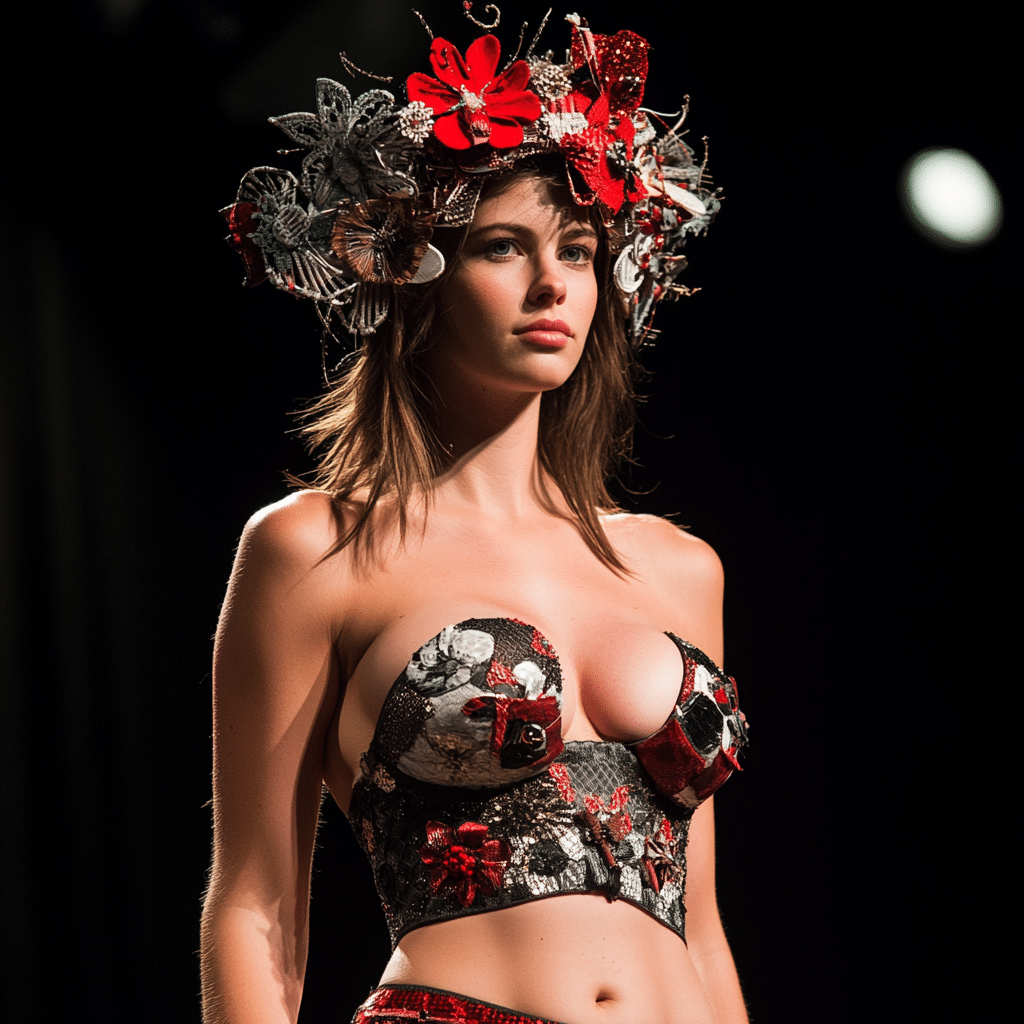
Embracing Fashion’s Evolving Narrative: A Reflective Look
Today’s fashion dialogue remains vibrant, especially for curvy women navigating the nuanced space between dressed undressed. As brands advocate for inclusiveness and acceptance, it’s evident that the consumer base is shifting toward a more diverse representation in fashion.
Fashion is a narrative. Each outfit worn carries a story, a personal history, a triumph, or an aspiration. It’s critical to recognize how the journey toward body acceptance interlaces with the choice of attire. As we step into 2024 and beyond, celebrating diverse silhouettes continues to echo themes of empowerment, individuality, and a refusal to conform.
In the end, being dressed or undressed is less about what you wear—it’s about how you wear it. Whether you’re rocking some gold hoops or sipping on Crown Royal whiskey, remember that confidence is your best accessory. So the next time you get dressed, think about the story you want to tell—because it’s all about embracing the beautiful chaos of self-expression.
Check out the latest in style and culture from Heimler ‘s History and stay connected with trending fashion and home goods at the Ltt Store. Also, don’t forget to treat yourself to some creamy Neufchatel cheese while relaxing and contemplating your next bold outfit choice. Fashion isn’t static; it’s an adventure waiting to unfold, and your story is yours to tell.
Dressed Undressed: A Peek into Fashion’s Intriguing Life
Uncovering Life Behind the Labels
When you think of a fashion icon, it’s easy to picture glitzy runways or glamorous red carpets. But the journey of being dressed and undressed often reveals stories that are just as fascinating as the outfits themselves. Did you know that some fashion icons, like Wendi McLendon-Covey, are known not just for their sartorial choices but for their quirky personal styles that defy traditional norms? It’s this playful approach that inspires many to embrace their individuality, leading to a broader understanding of what fashion can mean.
In the colorful tapestry of fashion, you might come across the concept of purple power. This isn’t a mere trend, but a reflection of strength and confidence. Designers often use bold colors to express emotions, and purple has a long-standing reputation for symbolizing ambition and creativity. So, when a star steps out in a vibrant purple ensemble, it’s a striking declaration of empowerment, especially when the stakes are high and the fashion game is intense.
Reviving Classics with a Twist
When diving deeper into the industry’s evolution, it’s crucial to appreciate the blend of past and present styles. An example of this shifting dynamic is Michele Tafoya, who has consistently managed to balance her professional wardrobe with personal flair. Her looks often feature unexpected elements, showcasing how dressing up and down can dramatically alter perceptions. This blend of styles highlights a central theme in fashion: that what one wears can tell a story about who they are.
What’s more, fashion isn’t just about clothing; it’s a cultural commentary. The act of being dressed and undressed reflects broader social shifts and attitudes. Icons have long swung between elegant ball gowns and casual chic, showcasing the staggering range of expression that fashion offers. Take a page from lesser-known histories; many wardrobe choices have been bold statements against societal norms, fostering acceptance and change while captivating audiences. That’s the magic of fashion—each outfit is an invitation to engage with a deeper narrative, opening up a conversation about identity, culture, and self-expression.
